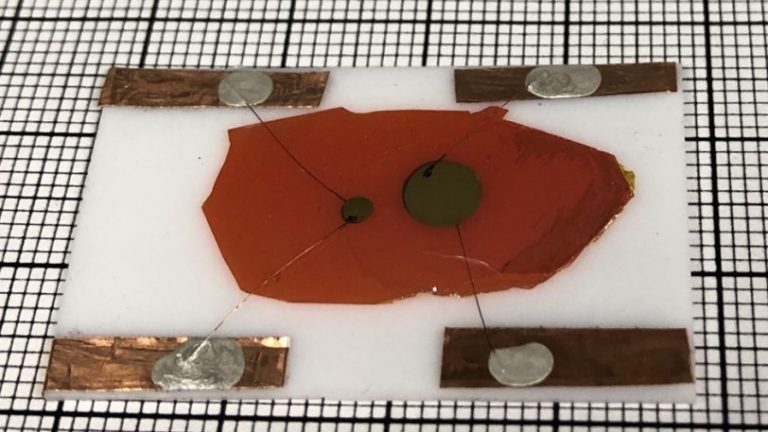A team of scientists led by a Greek-American chemist named Mercouri Kanatzidis discovered a new neutron-detecting material for applications in science and national security.
In the new study from the U.S. Department of Energy’s (DOE) Argonne National Laboratory and Northwestern University, the team managed to develop a new type of semiconductor neutron detector that increases the rates of detection via the reduction of the phases needed in capturing neutrons and the transduction process
This new material, called LiInP2Se6, converts neutrons into pairs of charged electrons and holes. When a voltage is applied to the material, the electron-hole pairs separate, and a current is generated.
“Our material shows that semiconductors that have been previously discounted can be promising if you have the right crystal,” Mercouri Kanatzidis, Argonne materials scientist said.
As Duck Young Chun, one of the scientists involved in the study said, the true advantage of the new semiconductor compared to other types of materials is that it is able to directly detect thermal neutrons.
“That improves the sensitivity of this detector because it doesn’t require an amplifier and a whole process.”
more at source
Ask me anything
Explore related questions





